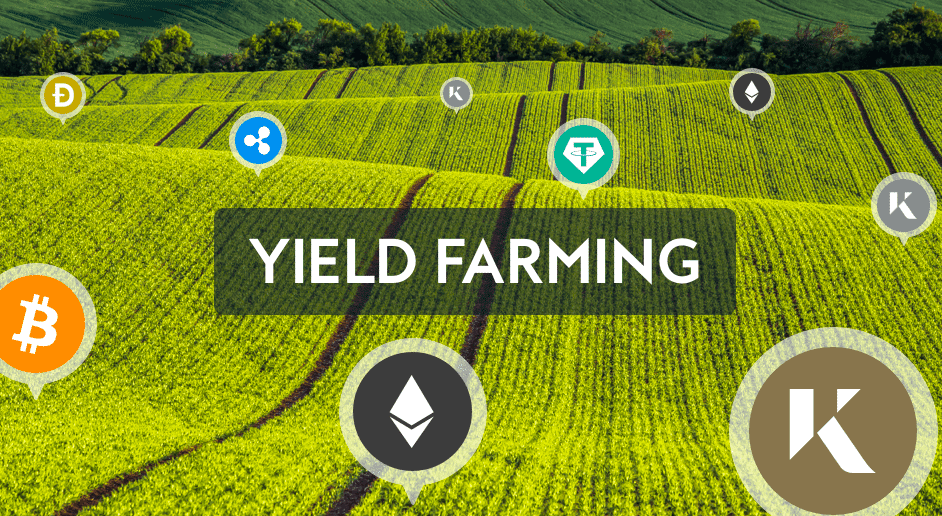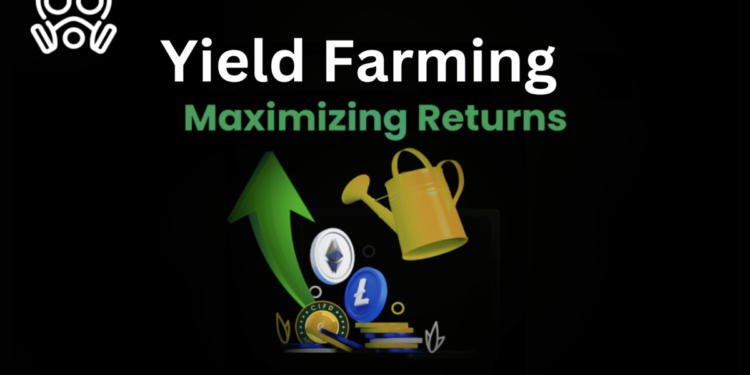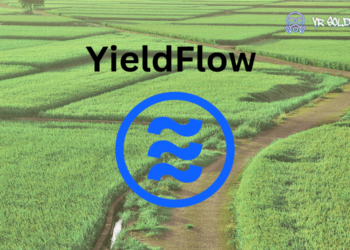Yield farming in the world of Decentralized Finance (DeFi) protocols has long been a high-risk pursuit with substantial rewards. Nevertheless, significant risks might also diminish investor confidence and hinder fresh participants from entering the domain. DeFi participants should contemplate implementing effective measures to tackle this in anticipation of the next surge in DeFi expansion.
Yield Farming: Protocols to Introduce Novel Revenue Models to Alleviate Risks
The overall value locked (TVL) in DeFi protocols hovers just below $200 billion, contrasting with the total market cap of the US stock market at $53 trillion, as reported by DeFi Llama. This indicates that DeFi is still in its early stages, with significant potential to evolve into a distinct financial framework. The generation of new value in DeFi essentially involves producing “future money” through token emissions, signifying the introduction of new tokens.

As these tokens are increasingly acquired by the market, their value ascends. This mirrors an equity model, wherein more value is generated if people have faith in a company, or in this case, a protocol, and its principles. While many protocols still rely solely on native token emissions, some are striving to diminish DeFi’s risk by embracing various revenue models for more reliable and consistent returns.
Examples of such Protocols Include
Ankr and Tranchess, which generate revenue by providing a validator service for the BNB Chain (previously Binance Smart Chain) while concurrently executing yield farming strategies.
By introducing alternative sources of returns and revenue models, users are less inclined to shift to other protocols due to increased confidence in the enhanced value of their investments on the protocol, derived from its emphasis on augmenting revenue. This also provides better protection against the volatility of DeFi and the broader impact of the financial market.
Both DeFi and TradFi Must Use Yield Farming
With an increasing number of financial institutions incorporating crypto in various forms, we are witnessing the gradual acknowledgment of crypto in the mainstream. However, much of Traditional Finance (TradFi) still operates within the status quo concerning its offerings to customers. Some have made advancements in adopting fintech solutions that deliver a more seamless banking experience to a larger customer base.
TradFi & Yield Farming: The Future is Ahead!
DeFi is here for the long haul. As new financial investors enter the market, those who have already dipped their toes will persist in delving deeper into new protocols, chains, layer-2 solutions, and technological enhancements. For this trajectory to be sustainable, DeFi protocols need to mitigate the risks associated with their offerings, fortify the underlying technology, and enhance security through audits and other measures (e.g., multi-sig wallet for their treasuries), while TradFi embraces greater yet manageable risk as a component of their portfolios.
As TradFi and DeFi converge, they will jointly contribute a blend of expertise and experience that propels progress forward, all the while being guided by perpetually evolving regulations. All these factors will affirm to the mainstream that DeFi is a feasible and valuable alternative for earning sustainable returns.












